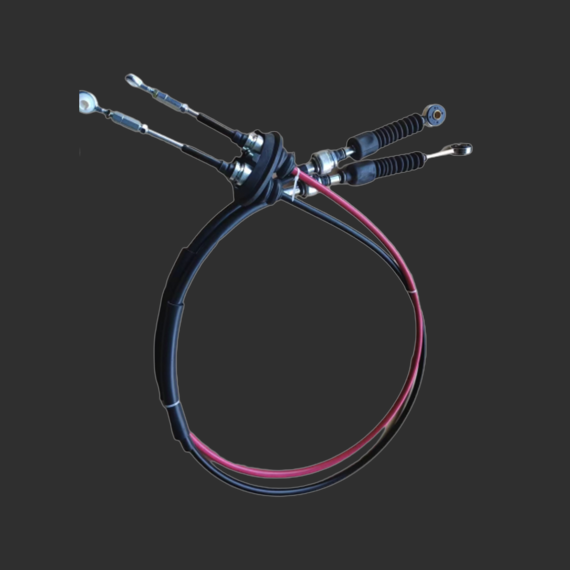adjusting throttle cable
Adjusting the Throttle Cable A Key Maintenance Task for Motorists
The throttle cable plays a critical role in the operation of a vehicle's engine, acting as the conduit that communicates the driver's desire for acceleration to the engine itself. Over time, due to wear and tear or improper adjustments, the throttle cable can become loose or overly taut, negatively affecting the vehicle's performance. This article discusses the importance of adjusting the throttle cable and provides a step-by-step guide on how to do it properly.
Understanding the Throttle Cable
The throttle cable connects the accelerator pedal to the throttle body in the engine. When you press the accelerator, the cable pulls on the throttle plate, allowing more air (and fuel) into the engine, which in turn increases power and speed. If the cable is too loose, you may experience delayed acceleration or a feeling of sluggishness. Conversely, if it is too tight, you may experience rapid acceleration even with slight pressure on the pedal, which can lead to unsafe driving conditions.
Signs That Adjustment is Needed
Before adjusting the throttle cable, listen for signs that it might need attention. Symptoms include a stiff or non-responsive accelerator pedal, uneven acceleration, or unusual idling behavior. If you experience any of these issues, it’s wise to check your throttle cable.
Steps to Adjust the Throttle Cable
1. Locate the Throttle Cable Open the hood of your vehicle and locate the throttle body near the intake manifold. The cable will run from the accelerator pedal to the throttle body.
adjusting throttle cable

2. Assess the Cable Inspect the cable for any visible signs of damage, such as fraying or corrosion. If you notice significant wear, it’s advisable to replace the cable entirely rather than just adjusting it.
3. Check the Tension Look for a tension adjustment bolt or screw along the throttle cable. This is usually located on the throttle body or near the firewall.
4. Adjust the Cable Use a wrench or screwdriver to loosen the adjustment nut. Make small adjustments—turning clockwise typically tightens the cable, while counterclockwise loosens it. The ideal setup allows for minimal play in the cable while ensuring a smooth action without binding.
5. Test the Pedal Once you’ve made your adjustments, press the accelerator pedal fully and observe the response of the throttle. It should feel smooth and should return to the idle position without delay. If it doesn’t, readjust the tension as necessary.
6. Final Checks After achieving the desired tension, ensure everything is securely fastened. Take the vehicle for a short test drive to assess the throttle response in real driving conditions.
Conclusion
Adjusting the throttle cable is an essential maintenance task that can significantly improve your vehicle's performance and ensure a safer driving experience. Regular checks can help prevent more severe issues down the line, keeping your vehicle running smoothly and efficiently. If you’re unsure about performing this adjustment yourself, consult with a professional mechanic.
-
Upgrade Your Vehicle with High-Quality Handbrake CablesNewsNov.01,2024
-
Optimize Your Bike's Performance with Quality CablesNewsNov.01,2024
-
Enhance Your Vehicle's Performance with Quality Clutch ComponentsNewsNov.01,2024
-
Elevate Your Vehicle's Performance with Quality Throttle CablesNewsNov.01,2024
-
Elevate Your Vehicle's Performance with Quality CablesNewsNov.01,2024
-
Affordable Solutions for Your Cable NeedsNewsNov.01,2024
